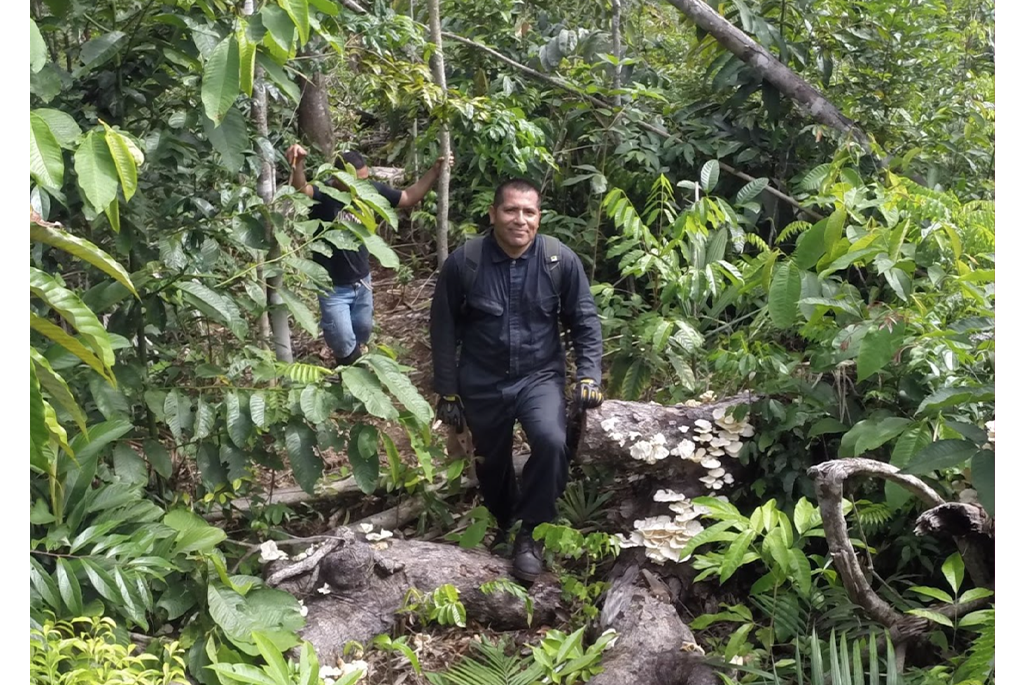Negron-Juarez joined EESA in 2013 and contributes to the NGEE-Tropics project led by EESA and to EESA’s wildfire Element. Through his research he hopes to address the relationship between the biosphere and the atmosphere with three specific goals in mind. These include understanding the changes to the climate and environment that result from natural and human disturbance to land cover and the chemistry of the atmosphere; the response of terrestrial ecosystems to those changes; and the interaction between terrestrial ecosystems and climate.
In his letter informing Negron-Juarez of the honor, UNAP President Dr. Rodil Tello Espinoza pointed out the breadth of research the EESA scientist has led or co-led. This includes work that highlights the relevance of changes to Amazon forests in response to increased extreme rainfall and his cutting-edge work on the use of satellite imagery to identify small gaps of windthrown trees in the forest. Windthrown is a term that denotes tree mortality produced by wind from storms. Windthrows range from a single fallen tree to hundreds of trees. Tello-Espinoza also referenced that this work was recognized by the Faculty of 1000 Biology for representing a breakthrough in the use of remote sensing for disturbance monitoring. Finally, Tello-Espinoza highlighted Negron-Juarez’s work on the temporal dynamics of windthrows in the Amazon where he has found that the instability lines moving from southwest to north in the Amazon are more frequent than expected.
“These examples represent a great contribution to areas of knowledge little explored and are among the many contributions that illustrate Negron-Juarez’s trajectory and impact on the scientific research of his field,” Tello-Espinoza said.
Much of Negron-Juarez’s research contributes to the NGEE-Tropics project led by Berkeley Lab. For this work, he combines his research in forest ecology and background in Atmospheric Sciences to address the effect of deep convection and extreme rainfall events on forestry dynamics in the Amazon which are currently poorly understood. This work has contributed to an expansion of this topic in collaboration with research scientists and students at multiple institutions including the National University of the Peruvian Amazon (UNAP), the National Institute of Amazonian Research (INPA) in Brazil, the Max Planck Institute, and UC Berkeley.
The award also mentioned Negron-Juarez’s “tireless effort to promote and support indigenous scientists.”
“As a Native scientist myself, I know how important the native perspective is for work in the Amazon. Unfortunately, while Native students (and professionals) are frequently given opportunities to contribute to field campaigns, this inclusion often ends there. My work with Native people goes beyond the fieldwork by promoting them as scientists to further their careers and give them opportunities for leadership. For instance, finding Ph.D. opportunities in top world institutions for skilled Native students.”
Negron-Juarez’s research focuses on the Amazon: the largest continuous tropical forest in the world and a biodiversity hotspot that provides a vast array of ecological services globally.
“How anthropogenic and natural stressors affect the Amazon is complex yet critical to predicting how its functionality will change in the future. This is of great interest to me,” he said.


